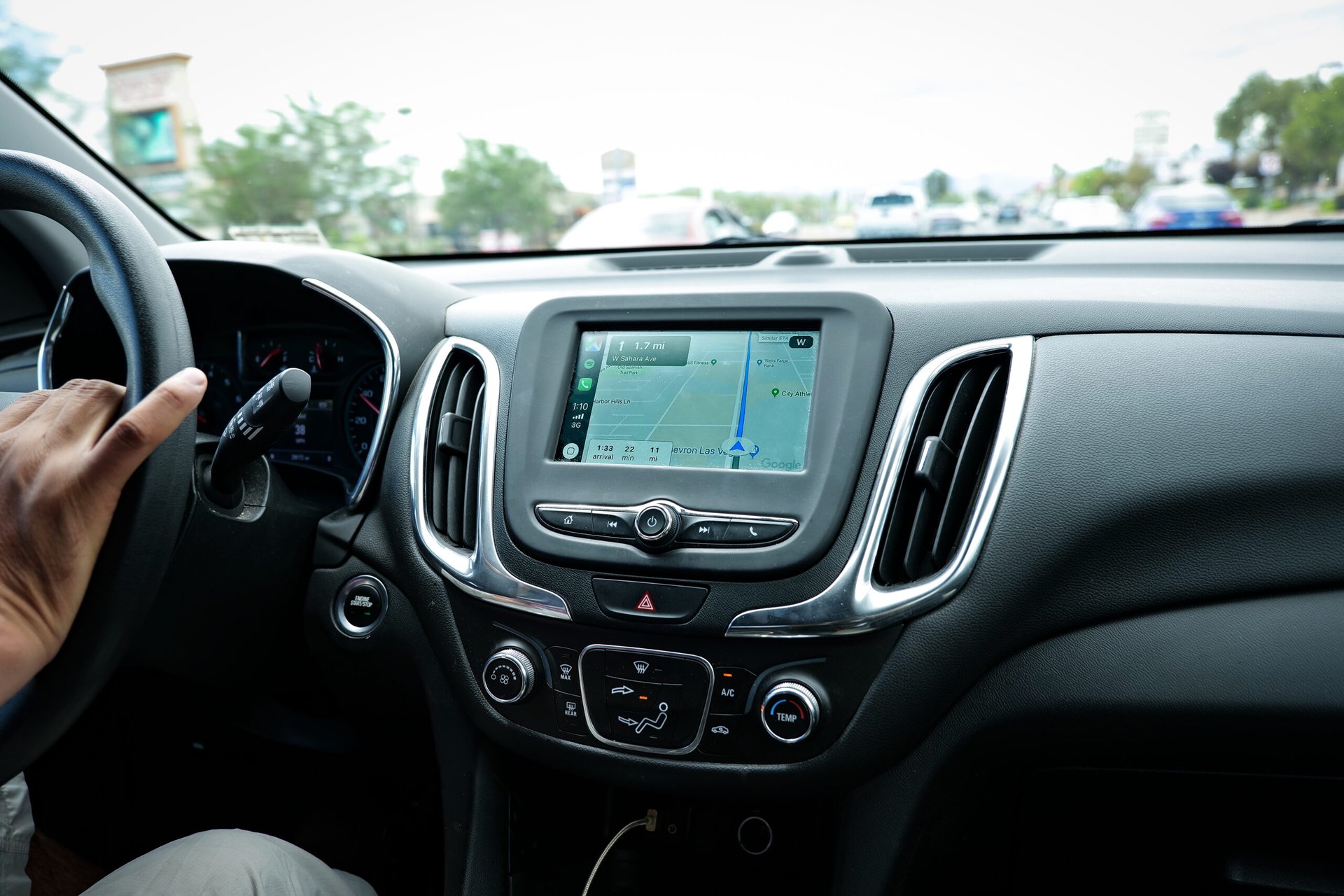
Partial automation is a wonder of today’s newer cars. But the technology has the potential to turn dangerous — and possibly deadly — because of how drivers are misusing it, according to necent research from the Insurance Institute for Highway Safety.
The IIHS says drivers who regularly use partial automation too often lapse into treating their cars as if they were fully self-driving vehicles. That means they are more likely to eat, text and perform other potentially dangerous actions when behind the wheel.
As part of the study, about 600 drivers who use three types of partial automation were surveyed:
- Cadillac Super Cruise
- Nissan/Infiniti ProPILOT Assist
- Tesla Autopilot
For each of these technologies, a large percentage of drivers admitted to performing non-driving activities while using partial automation. In addition, 53% of Super Cruise users, 42% of Autopilot users and 12% of ProPILOT Assist users admitted to using their vehicles as if they were fully self-driving.
A typical partial automation system has two features designed to help drivers when they are traveling on the highway:
- Adaptive cruise control. This technology helps the vehicle maintain a set speed while slowing down and speeding up to maintain an established distance to the cars ahead.
- Lane centering. This technology uses steering support to keep a vehicle in the middle of the travel lane. More advanced systems can perform lane changes and other maneuvers.
While these technologies can keep drivers safer, they may backfire when drivers expect too much out of them. According to the IIHS:
“None of the current systems is designed to replace a human driver or to make it safe for a driver to perform other activities that take their focus away from the road. Track tests and real-world crashes have provided ample evidence that today’s partial automation systems struggle to recognize and react to many common driving situations and road features.”
The data clearly shows that drivers who use ProPILOT Assist are significantly less likely to treat their vehicles as self-driving than those who used the other two partial automation systems.
The IIHS speculated on possible reasons for this, including the fact that while the majority of Super Cruise and Autopilot owners were men, the breakdown among ProPILOT owners was more balanced between men and women.
Age may also play a role, with most Super Cruise owners being older than 50 and many Autopilot owners being younger. Meanwhile, drivers using ProPILOT Assist were more evenly distributed across age ranges.
In a press release, David Harkey, IIHS president, also noted that while people who own cars with partial automation generally appear to “have a poor understanding of the technology’s limits” regardless of which system they use, it’s also possible that individual “system design and marketing are adding to these misconceptions.”





Add a Comment
Our Policy: We welcome relevant and respectful comments in order to foster healthy and informative discussions. All other comments may be removed. Comments with links are automatically held for moderation.